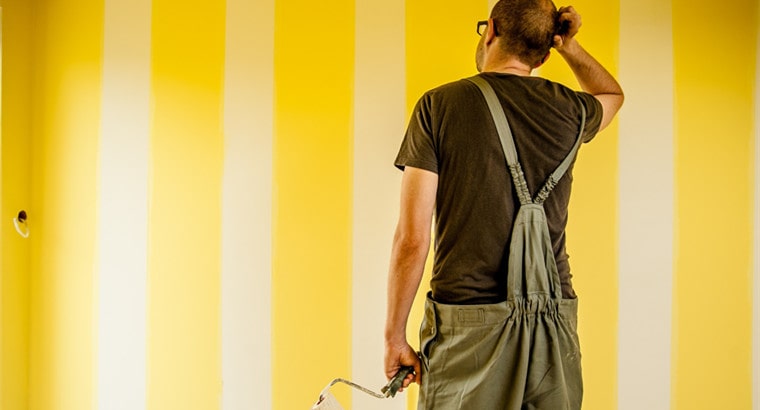A typical paint job can require multiple coats of paint. And though you might feel like rushing to see the results, you need to know how long to wait between coats of paint to avoid a tacky, haphazard job.
Because applying a second coat over a paint job that hasn’t finished drying can lead to peeling, streaking, or clumping, which is the surest way to ruin the finish. Bubbles and pits often require removal and complete do-overs. Avoid the hassle; here’s everything you need to know about the paint’s dry time.
4 Factors That Affect the Dry Time of the Paint
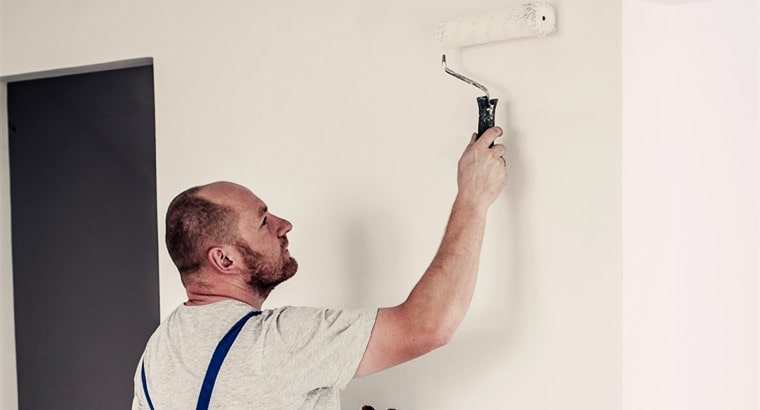
Paint dry time, more technically speaking, refers to the time it takes for paint to become tack-free and dry to the touch. Here are some of the important variables to consider before deciding how long to wait between coats of paint.
1. Room Temperature
Generally speaking, cooler temperatures will increase the drying time.
2. Humidity
High humidity also increases the drying time. This is because air can only hold a certain amount of moisture, and thus, it ends up taking less from the paint.
3. Thickness of Coat
Heavier films naturally take more time to dry because there’s more wet paint.
4. Ventilation
If you want to improve your drying time, open up the windows or switch on your air ventilation system. It will take the moisture-absorbed air away and fill the room with new air.
How Long To Wait Between Coats Of Paint
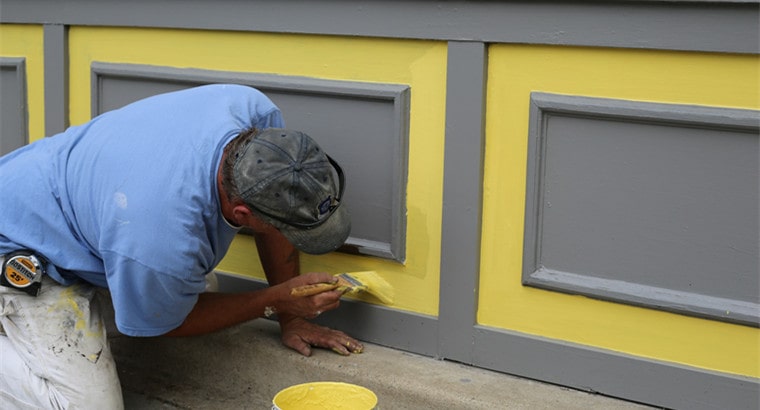
It depends on the type of paint you’re using. The recoat time varies with the type of solvent it is mixed with. Water-based paints dry much faster than oil-based paints.
Water-based Paint
#1. Primer Paint: Takes about 30 minutes to dry. Wait 1 hour before applying a second coat.
#2. Flag or Matte Paint: Takes 1 hour at the most to dry. Wait for 2 hours before applying a second coat.
#3. Eggshell Paint: Takes 1 hour to dry on average. The ideal recoat time is after 2 hours.
#4. Glossy Paint: Can take up to 2 hours to fully dry. To be safe, wait for 3 hours before applying a second coat.
#5. Semi-gloss Paint: Takes 1 hour to dry on average. The ideal recoat time is after 2 hours.
Oil-Based Paint
Oil-based paints take much longer to dry but are far more robust. The most commonly used oil in paints is linseed oil, also known as flaxseed oil. Linseed oil dries uniformly, offers tremendous water resistance, and imparts a glow. This is why oil-based paints are often used for the first coat.
Oil-based paints can take anywhere between 6 and 8 hours to start feeling dry to the touch and should be ready for recoating after 24 hours.
Latex Based Paint
Latex paints are also water-based so they dry much faster than all of their oil-based counterparts. However, the disadvantage is it doesn’t offer the same durability. It’s still great to use for painting projects such as for walls.
If you’re using a latex-based paint, it should feel dry to the touch in about 1 hour. But to prevent lumping you should wait at least 4 hours before applying a second coat.
What Can I Do to Ensure an Even Second Coat?
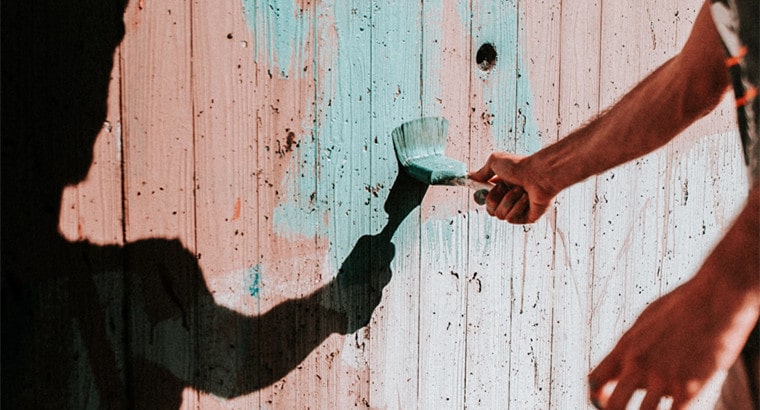
#1. Recoat Time
Depending only on touch is often inaccurate when it comes to assessing whether it’s time for a recoat. The paint may feel dry on the surface but if it hasn’t set fully, you won’t get an even second coat. Every type of paint you use has a recoat time, as mentioned above. Make sure you’ve waited for the appropriate duration.
#2. Protect Your Tools
While you’re waiting for the paint to dry, the paint left on your rollers or brushes can also start to dry and set on the surface. This can cause an uneven second coat. For the best results on your second coat, clean up your tools, wrap them in plastic, and put them away in the fridge until you’re ready to use them again.
#3. Mix The Paint Well
You need to pay special attention to the consistency of your paint, especially if you’re working with darker colors. Pigments have a tendency to settle at the bottom and dark colors have an abundance of pigment. If you can of paint has been sitting untouched for a while, mix it up again before using it to get a consistent second coat.
#4. Painting Strategy
Your own skill at painting large surfaces will play a major role in how even your second coat is. Professional painters typically start at the top corners and trim, then work their way down but in small sections at a time.
Tips For Painting Between Coats
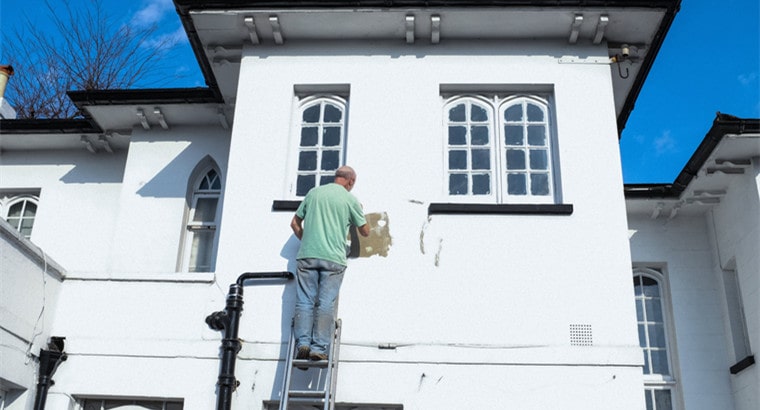
#1. Adding a fast solvent to the paint to make it thinner or warmer does not decrease the drying time. The primary solvent in the paint will still take just as long to dry.
#2. Look up some demonstrations to learn about the professional techniques used to apply second or third coats and plan out the entire painting project in steps.
#3. Use a quality latex primer or oil-based paint for your first coat for a durable foundation.
#4. Wait out the curing time and protect your tools between each large break of the paint job.
#5. Invest in good-quality brushes if you’re going to paint yourself. Buying cheap brushes and rollers to cut back on the cost will make it much harder for you to achieve professional results.
How Many Coats of Paint Do You Need?
Typically, 2 coats should do it. Although how many you need might vary depending on the quality of paint you’re using, whether or not you used primer, or the type of surface you’re painting.
Primer is a type of undercoating that’s supposed to provide better adhesion for the second coat and allow the color of the paint to shine through. Some paints come mixed with primer, in which case you may only need 1 coat after all.
A Few Parting Words
Knowing how long to wait between coats of paint makes the difference between an amateur and professional work. Painting can be a tricky job, which is why most people hire professionals. But with some care, technique, and these DIY tips, there’s no reason why you can’t achieve professional results by yourself and have fun doing it.


